How to Choose the Best Grow Lights for Indoor Plants
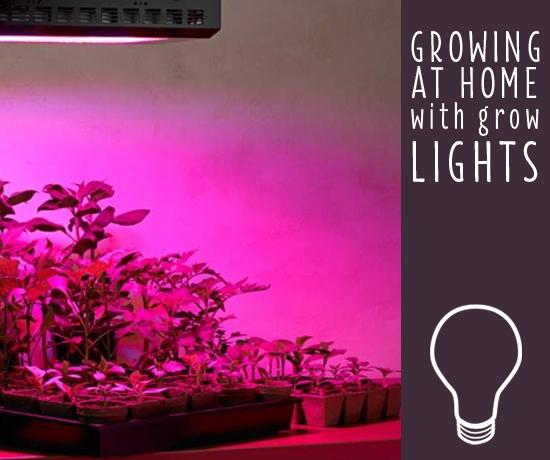
Indoor gardening has never been easier. Grow lights for indoor plants allow you to cultivate a wide variety of plants at any climate during any time of year. These growing lights are specially designed to substitute natural sunlight, stimulating photosynthesis and providing the right color spectrum where the plant can grow and flourish. With the right fixture or bulb, you can have delicious tomatoes in the dead of winter or award-winning violets year-round. Shop for indoor grow lights.

There are a number of types of grow light types available, each with their own strengths and characteristics. Here’s a guide on how to choose the best growing lights for your situation, as well as how to properly set them up.
Choosing a Grow Light Type – Grow Bulbs vs. Lighting Fixtures
Should you swap out the bulbs in an existing light with special grow bulbs, or should you buy a brand new fixture with built-in lighting? It all depends on what you’re looking for – convenience and cost or specialized quality.
Grow light bulbs are the cheaper option. For most people, it’s easier to use as well. Just take an old lamp or ceiling light that needs bulb replacement, and pop in a specially-designed grow bulb.
Grow light fixtures are more expensive, but they offer a more holistic solution. A single fixture can provide the illumination for multiple plants, dispersing the lighting evenly throughout the space. Because these fixtures are specifically designed for grow light purposes, they tend to provide a fuller light spectrum range than cheaper light bulbs.
Should I Get an Incandescent Light, Fluorescent Light, or LED Plant Grow Light?
Incandescent grow lights are the least expensive technology, but they are also the least energy-efficient and have a relatively high heat output.
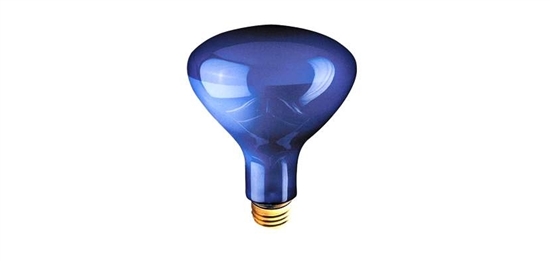
Fluorescent lights have a low heat signature and produce a decent spectrum of light for growing. They generally come as tube lights or compact fluorescent (CFL) reflectors. Growing with fluorescent lights is a more energy-efficient option than growing with incandescent lights, but they tend to be a more expensive option.
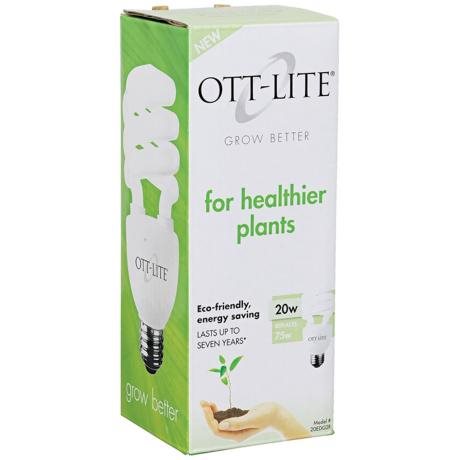
LED grow lights offer the latest technology on the market today. Extremely energy-efficient, they have an ultra-low heat output and offer an ideal light spectrum range. Offering low energy usage, low heat, and color optimized for growth, LED lights are the most efficient, effective, and customer-friendly way to grow plants at home than growing with fluorescent lights or incandescent lights.
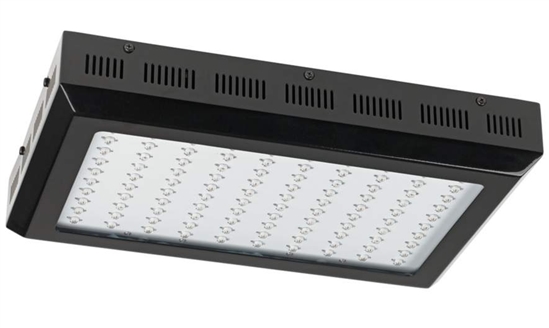
High-Intensity Discharge or HID bulbs produce light through an electric arc between tungsten electrodes inside a tube fused with alumina. These specialty bulbs have a very high light output level and are commonly used by commercial growers.
Metal Halide lights use mercury vapor mixed with metal salts to create a powerful light source. They use a special fixture and, like HIDs, are commonly used by commercial outfits.
What Color Light is Best for Plant Growth?
- Violet-blue light in the 400 – 520 nanometer range encourages chlorophyll absorption, photosynthesis, and growth.
- Red light in the 610 – 720 spectrum range promotes flowering and budding.
Grow lights should provide the proper spectrum of light for photosynthesis, which key to plant growth. Before purchasing a light, be sure to check out the provided color spectrum. Lights that provide a full spectrum are the ideal choice for your growing space.
This is where LED lights come in handy. Most LED growing lights offer both types of color spectrum lighting, so you can get all the benefits.
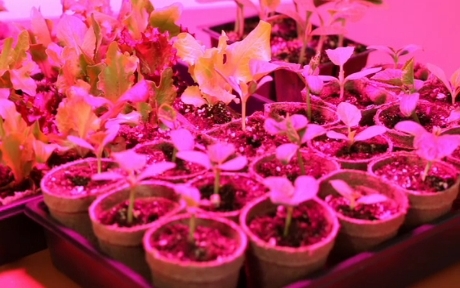
Setting Up an Indoor Plant Growing Area
How do you get sufficient light for houseplants and indoor garden areas? Here are 3 tips on how to best set up your space.
- Consider your indoor garden plot. Whether it’s a single shelf, a basement area, or an entire room, look at how much space you have. Pot plants and beddings accordingly.
- Depending on the type of plant, group the pots or trays 4 to 8 inches apart to allow for growth and easy access for pruning and care.
- You’ll also want to make sure you purchase lights that will illuminate your entire plantings area. You may need more than one bulb or light source to fully cover your growing area. Depending on the size, you may only need to use only one light for houseplants, or you may need more.
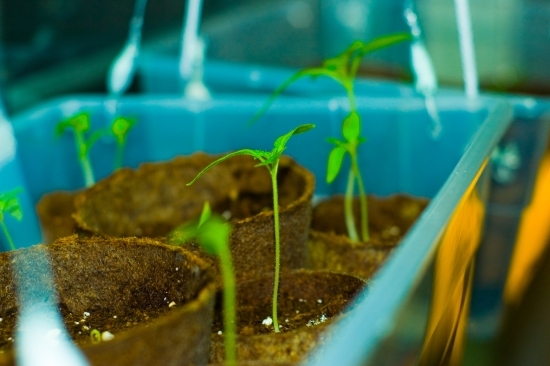
Grow Light Placement Tips
Hanging or placing lights over the plant beds or pots is the best arrangement, as it mimics natural sunlight from overhead and exposes all sides and leaves of a plant to the artificial light.
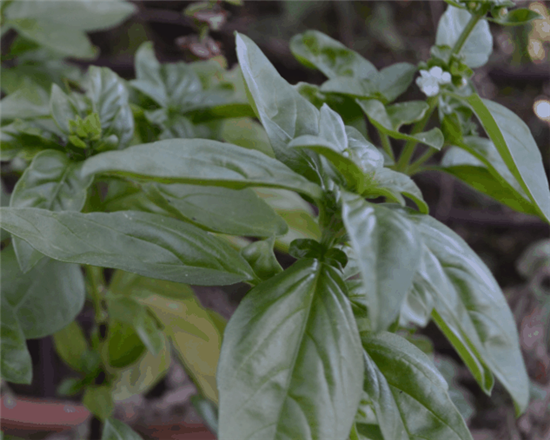
As a rough guide, incandescent grow light bulbs should be at least 24 inches over your plants. Fluorescent and LED lights have a lower heat signature, so they can be placed 12 and 6 inches over plants respectively.
Keep adjusting the placement of the grow light as your plants develop and mature to maintain the proper distance. Consult your particular model and type of design for exact specifics and directions.
And remember that the lighting level required for growth indoors depends upon the characteristics of the particular plant being grown. Depending on what you want to grow, you may need different lights set a different heights for specific plant areas.
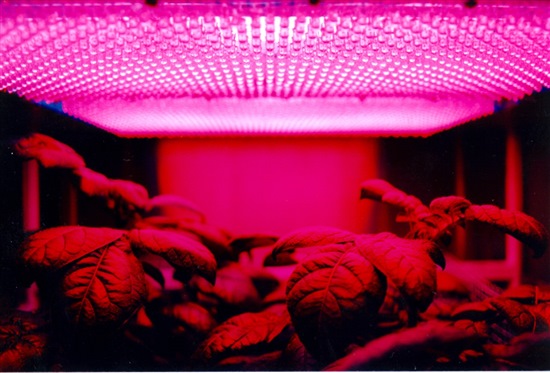
How Long Should a Plant Grow Light Be Left On?
How long to keep grow lights on plants depends on a number of factors.
- As a general rule of thumb, most vegetables and flowering plants need 12 to 16 hours of light per day, with flowering plants at the top end of that range.
- Plan on giving most plants at least 8 hours of darkness per day.
- But remember that different types of plants may need different amounts of light.
Darkness is actually very important for the plant growth cycle. During the day, sunlight helps plants produce energy through photosynthesis. At night, however, plants break this energy down for growth and flowering in a process called “respiration”.
Check your seed packaging or plant tags, or ask at the nursery for specific suggestions. And make sure you turn your grow lights off every once in a while. No one likes to work 24 hours a day – even plants!
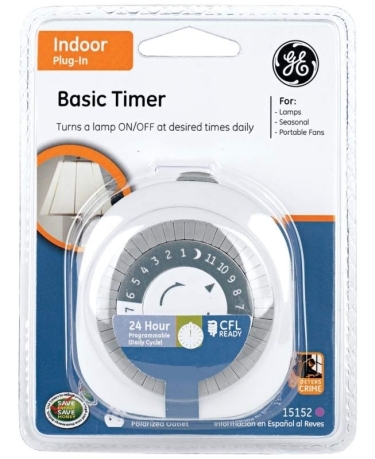
Can You Use Any LED Lights to Grow Plants?
Not all, so it’s best to check out the color spectrum of the light you are considering. Lights that provide a full color spectrum are the ideal choice for your growing space.
Have More Grow Light Questions?
If you have questions on how to choose grow lights, we’re here to help! Visit one of our Lamps Plus store locations to get help purchasing the best grow lights for your home, or contact us to speak with one of our American Lighting Association trained Lighting Consultants.
Photography Credits: Photo 2 – Potted tomato plants (Wikipedia), Photo 7 – thanks to Claire Barnes, Photo 8 – Herbs beneath grow lights (Wikipedia)
Related Ideas and Advice Articles
LED Ceiling Lights for Small Spaces
Lumens: the Key to Buying Replacement Light Bulbs
